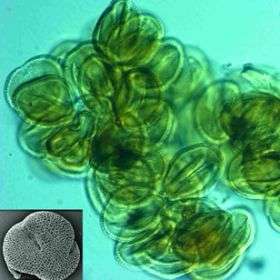New research provides better understanding of the birds and the bees

Researchers from Indiana University Southeast and the University of Florida have discovered important information about the origin of flowering plants and how they reproduce.
The findings of Shusheng Hu, an IU Southeast research associate; David Winship Taylor, IU Southeast biology professor; and David L. Dilcher and David M. Jarzen, both from the Florida Museum of Natural History at the University of Florida, are featured in the prestigious scientific journal Proceedings of the National Academy of Sciences.
Their research uncovered that when it comes to birds, bees, flowers and trees, looks do matter. Flowers are pretty so they will attract animals, such as birds and bees, for pollination. Pines and other seed plants are normally pollinated by the wind.
Furthermore, this form of plant sex has been happening for ages. Fossilized flowers have shown that animals have been helping plants reproduce since ancient times. The new data on plant reproduction suggests that 76 percent of the first flowering plant species were insect-pollinated while 24 percent were pollinated by the wind.
The botanists studied the specialization of fossil pollen from Minnesota and discovered that many species of pollen are found clumped. Clumped pollen is only found in animal-pollinated flowers.
The research also suggested that pollen may have been the source of prehistoric allergies.
At 96 million years ago, about a quarter of flowers were wind-pollinated. Wind-pollinated plants are the main source of allergies in people, which leads to the thought that perhaps those plants caused allergic reactions in dinosaurs and other animals.
Recent molecular work determined an evolutionary tree of living flowering plants and identified the first evolvers. Based on the researchers' analyses, these flowers probably used insect pollinators.
Source: Indiana University
















